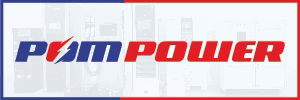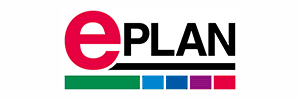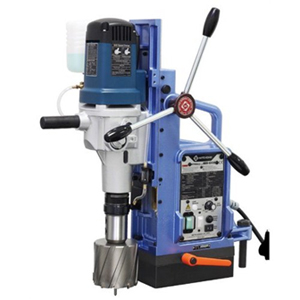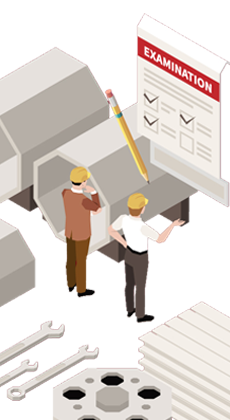Schedule a Call Back
OPC UA: How devices communicate with one another
 Technical Articles
Technical Articles- Oct 14,15
By Olaf Wilmsmeier
Communication among sensors, embedded devices and backend systems is a crucial element for implementing Integrated Industry applications. HARTING is therefore involved in the definition and introduction of new communication standards in the framework of its AIM membership.
Advancing automation calls for increasingly heterogeneous systems. The only way to deal with novel problems and jobs is to ensure that the communicating parties can flexibly exchange the relevant information directly with one another. UHF RFID and other AutoID technologies are undoubtedly key technologies to implement the Integrated Industry philosophy. It is all the more important for it to be possible to integrate these technologies into the overall solutions as easily as possible.
After three years of development and one year of prototyping, the OPC Foundation approved the first draft of OPC UA in 2006. In 2009, the standardization in IEC standard 62541 represented the introduction of the OPC UA communication protocol as the new de-facto standard in the automation sector. All leading automation manufacturers already stand behind OPC UA. Compared to the old OPC, the new standard in particular is independent of the platform and programming language and offers greater security – it has integrated 128 or 256-bit encryption and furthermore contains authentication and authorization as well as data integrity based on signatures. OPC UA is scalable, and everything is possible from the cloud-based servers all the way through to minimalistic chip implementation. The same protocol allows RFID systems with a few data points to be networked in just the same way as control systems with more than 100,000 data points.
OPC UA follows a service-oriented architecture (SOA), which allows services between IT systems to be structured and utilized. As usual, the communication protocol consists of a number of layers. The abstract description of services forms the functional basis. These services are called up by a protocol with the help of the transport layer. The protocol serializes or de-serializes the data of the network users, such as embedded devices, backend systems, visualization systems and RFID readers, and sends the data over the network. This allows a very wide range of network users to exchange data with one another independently of the operating system. Here the possibility for the individual communicating parties to act as both server and client is crucial to set up sustainable communication structures. Therefore users can both request and provide data. This forms the basis for autarkic bi-directional communication among sub-systems in the future. The functional range here comprises both calling up functions and changing configuration parameters as well as event-controlled communication. For this purpose, the communicating parties can subscribe to events among themselves and consequently stipulate the events, e.g., detection of a new RFID transponder, for which they want to receive notification.
Thanks to OPC UA’s object-oriented approach, it is particularly easy for the individual devices’ manufacturer-specific characteristics to be to be preserved without violating the standard.
OPC UA defines how to communicate, not what to communicate, and is therefore entirely application and device-neutral. The functions and variables that a device makes available are determined at run time if they are not known beforehand. A communicating party’s complete data model can be retrieved. In this case, the data types (meta data) that are used are identified along with the functions and variables. It is consequently also very easy to integrate unknown communicating parties into the infrastructure.
To further simplify such integration, the data models of device groups or applications typically found in the field can already be pre-defined in so-called companion specifications. These specifications contain the fundamental functional range including the data type description for the individual variables and the passed parameters.
The advantage of such a companion specification is obvious. As more manufacturers follow this recommendation and correspondingly implement their communication interfaces, the integration of different devices, also from different manufacturers, into new applications will become faster. This saves time and increases the customers’ investment protection.
In addition, these specifications can be individually expanded for specific devices or manufacturers thanks to OPC UA’s object-oriented approach. Manufacturers can consequently keep their unique features while still making use of a widely accepted common communication basis.
Because OPC UA provides possibilities to retrieve these unique functions from other communicating parties at runtime, the use is very simple.
HARTING recognized the potential of OPC UA at an early stage and already introduced its high-performance Ha-VIS RF-R500 UHF RFID reader with integrated OPC UA Server at the Hannover Messe 2013, although the functional range was minimalistic.
Naturally HARTING has not limited itself to the RFID reader, and has already been using OPC UA to communicate in a very wide range of applications. HARTING is engaged in all Integrated Industry aspects and was already able to demonstrate this impressively by winning the SAP Award in 2014. The company is also rigorously expanding its product range in the embedded devices area.
Driven by the motivation than an accepted, standardized communication interface to AutoID devices will make the system integrators’ work significantly more efficient, HARTING brought up the topic of OPC UA in one of the AIM Deutschland (Association for Automatic Identification and Mobility) workgroups more than a year ago. Together with the sector’s leading representatives, the association decided to work with the OPC Foundation to define a companion specification for AutoID devices.
At the Hannover Messe 2014, the OPC Foundation and AIM-D announced their goal to introduce the first draft of this specification before the Hannover Messe 2015. Thanks to the dedicated cooperation of everyone involved, they have achieved this goal.
In addition to the simple introduction of the new companion specification, the OPC Foundation’s stand at the trade fair will also be showing a live demo with various AutoID devices. Naturally a UHF RFID reader von HARTING will also be there.
This companion specification consequently takes the different AutoID technologies back to a common communication interface or shared data model. And thanks to OPC UA’s flexibility, the technological differences here are not lost. For example, all AutoID technologies include a scan method that identifies new barcodes or RFID transponders. How these data are interpreted in detail naturally varies depending on the technology, but it is still possible to describe this interpretation universally as far as the interface is concerned.
What this means for the system integrator or the final customer is that the process to include different AutoID devices, manufacturers and technologies into an overall infrastructure can now be significantly faster. At the same time, other important aspects of OPC UA, such as the increased security and the possibility to combine server and client functionality in one device, are also integrated.
This means that in the future, a change in the device hardware can be accomplished with much greater ease. This is particularly interesting for system integrators who want to use the best device on the market for this situation, depending on the customer requirements. There is no need for time-consuming familiarization with another device-specific interface, and already-existing programs or interfaces to backend systems can be reused. It is possible to use a standardized technique to interact with AutoID devices all the way from the PLC connection to the SAP interface.
With its strong commitment, HARTING is creating a further basis for the successful and efficient implementation of Integrated Industry. OPC UA is helping to master the challenges of progressing automation and leverage the opportunities that it presents. Interoperability that works across all sub-systems in a manner that is safe, reliable and manufacturer-neutral is a decisive criterion for success here.
Related Stories

Igus switches to recycled material for energy chain series E2.1
Compared to the standard material, the recycled material has an 80% lower carbon dioxide (CO2) footprint. Sustainable material igumid CG LW offers comparable mechanical specifications at the same pr..
Read more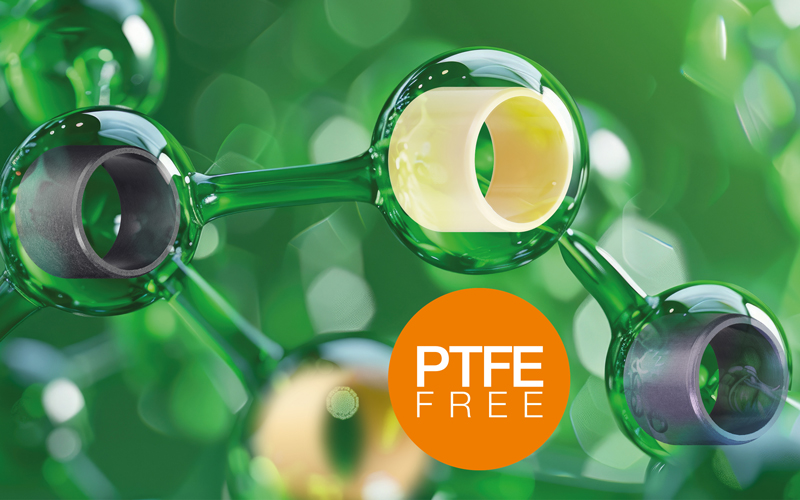
igus launches wear-resistant plain bearing range without PTFE
Material scientists have developed PTFE-free versions of the most popular iglidur plain bearing materials
Read more
Hindalco acquires US-based AluChem Companies for $ 125 mn
With the acquisition of AluChem, Hindalco has become the first Indian company to enter into low soda Tabular Alumina, expanding access to precision engineered materials
Read moreRelated Products
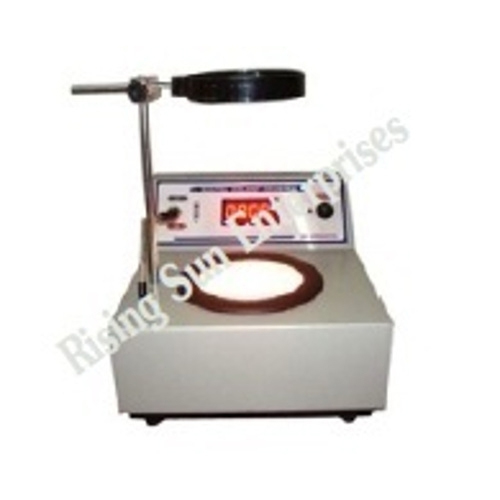
Digital Colony Counter
Rising Sun Enterprises supplies digital colony counter.
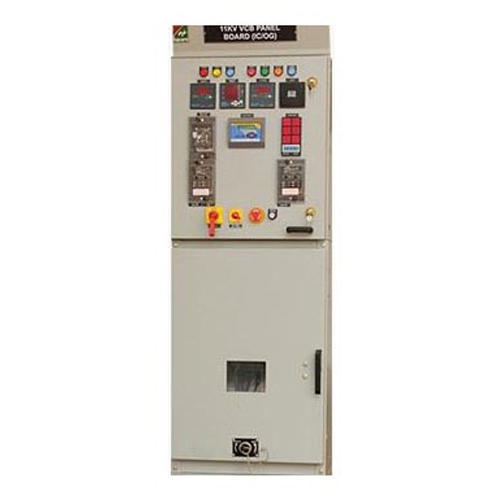
Indoor Vacuum Circuit Breaker Panels
- They bring forth indoor vacuum circuit breaker panels that offer exceptional performance to interrupt the power in case of short circuit and power overload.
- These indoor vacuum c Read more

Electromagnetic Flow Meter
Charun Instruments provides fully automatic and digitally designed electromagnetic flow meter.


